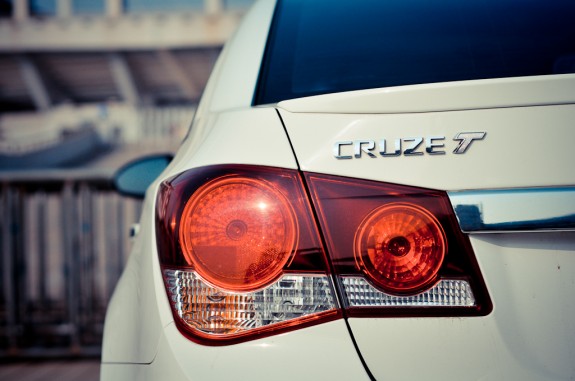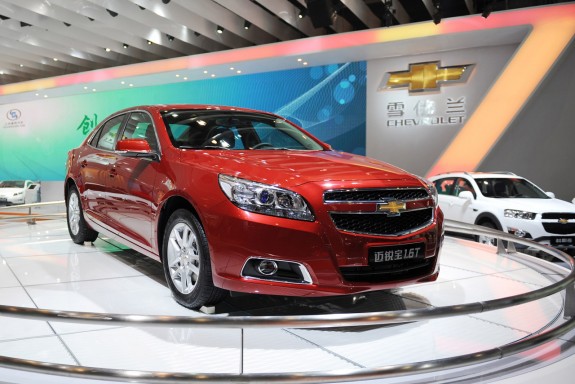Forbidden Fruit: GM Ecotec 1.6T
Domestic automakers have enjoyed a resurgence of interest from the younger crowd as of late. After being pulled through the recession by federal money, they have doubled up on their efforts to stay ahead of Toyota and Honda by introducing new vehicles with stunning design and loads of tech. Just look at the new Fusion, Camaro, Edge, Cruze, etc. The list goes on forever. Which is why I am bloody mad that we continue to offer our support, while the big wigs in Detroit continue to short us of their best products. Just take the Cruze as an example – GM’s most significant small car in a long time was introduced in Europe and Asian in early 2009, while Americans had to wait until late 2010 to buy this vehicle. If that wasn’t insulting enough, now GM is withholding a new 1.6L turbo 4-cylinder engine from the US market.
The engine is being offered on the Chinese market Chevy Cruze and was recently unveiled in the Chinese market 2013 Chevy Malibu as well. The engine produces a healthy 181HP and 174lb-ft of torque in its current form. That’s a far cry from the 138HP and 148lb-ft produced by the 1.4L turbo in the U.S. market Cruze. Furthermore, when paired to a 6-speed manual, the 1.6T can achieve 40MPG at 90km/h (56mph) steady state cruising. This engine has massive potential in the U.S. market, yet it is only offered in China at the time of writing.
You might ask, what about fuel economy? Isn’t the whole point of the 1.4L engine to be able to break the 40MPG barrier? Yes, but it does a very poor job of doing it. The only 1.4L version to break the 40MPG barrier is in the Cruze Eco. It has to be mated to a 6-speed manual with three overdrive gears, and have other aerodynamic aids along with it. When paired with the standard issue 6-speed automatic, it only gets 38MPG , and only in unrealistic EPA tests. How do I know? I drove one, in the real world, for 1500 miles – realistically, it only gets 31MPG on the high-speed highways of the wild west. With the Eco’s aerodynamic aids, the 1.6T would likely achieve the same highway MPG rating as the standard 1.4T, whether with an automatic or a manual transmission. In the real world, the 1.6T would get better fuel economy than the 1.4, as it would not have to rely on gas-sucking turbo boost to produce power on the highway.
The next question then, is whether a 181HP Cruze is a practical application for the US market? Maybe for a sport trim, but otherwise, the answer is no. It would be the most expensive, most powerful variant in a class that values small engines over powerful ones. But what about the 2013 Malibu Eco? Currently, it is using a mild-hybrid system to achieve its 25/37MPG ratings. The hybrid system probably adds about $1000 to the cost of the vehicle, when Nissan’s new Altima can beat those ratings with a conventional gas powertrain. This is where the 1.6T would definitely shine. The current Malibu Eco produces 182HP and 171lb-ft of torque – numbers that the 1.6T can match. But without having to use a costly hybrid system, the Malibu would shed some weight and MSRP, all while keeping the fuel economy numbers up. It’s clearly an idea that will work – Ford is betting on it by releasing their own 1.6L turbo in the 2013 Fusion. That Fusion will get the same 37MPG highway as the hybrid Malibu.
So let’s ask ourselves – why are we supporting these supposed American companies when they are handing us the short end of the stick? What do you say GM? When will my 1.6L Turbo Cruze/Malibu arrive? How about a 181HP Sonic SS hot hatch? Detroit, the ball is in your court.



